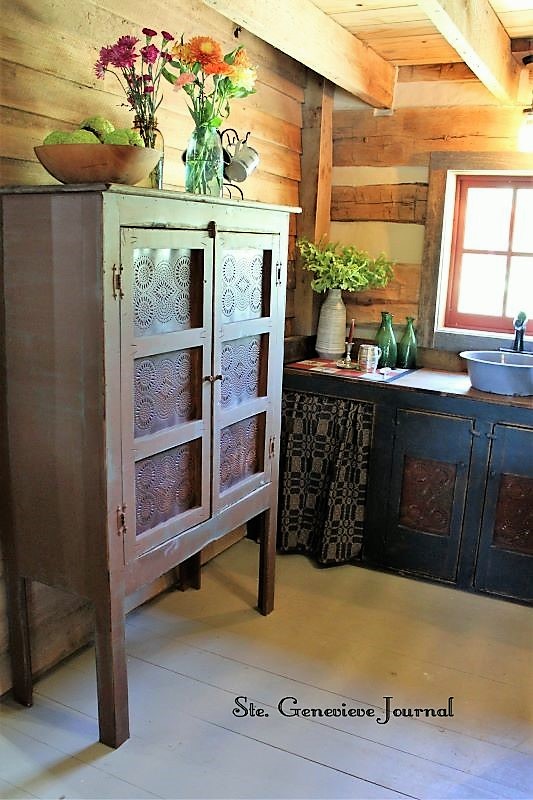Recently, I was digging around for some boxes of patterns I designed and discovered several wool applique projects--some finished, some not. Years ago wool applique was my favorite handwork and it occurred to me that once again, I needed to get back to those former days, pick up the needle and again enjoy being creative. Even in stolen moments, nothing relaxed me more than those times in my past. Since we are living in a French Colonial town, I was curious whether the French did applique in the 18th century or not. What I found was intriguing.
The term appliqué is actually derived from the French word appliquer (and the Latin applicare ) that means to join or attach. While its early use was most likely to strengthen worn areas or serve as a patch over holes, appliqué developed into a creative art form used by many cultures over many centuries. In 15th century Europe, applique began to replace crewelwork embroidery on bed curtains and linens. Over later centuries, its popularity varied but it has remained one of the best-loved art forms in most cases.
With that bit of information, I was ready to start a new project--one that I had often thought about when dressing in winter costumes that are often made of wool. What about wool pockets that could be worn on the outer layers for added decoration? Before I knew it, I was digging into storage bins for wool pieces, some dating back to the 1960s but still good as new.
And that's how I came to make the two pockets (and one in progress). I think they turned out wonderfully and would look so beautiful with almost any costume. I had to draw my own patterns but that was part of the fun. I wanted to design something that would fit in with 18th century fabrics. While one looks more primitive, I think it could have been passed down from my ancestors.
I had so much fun with these that I plan to do more wool applique in the future. I'm thinking maybe Fleur-de-lis or Celtic Knots? We'll see. . .
















